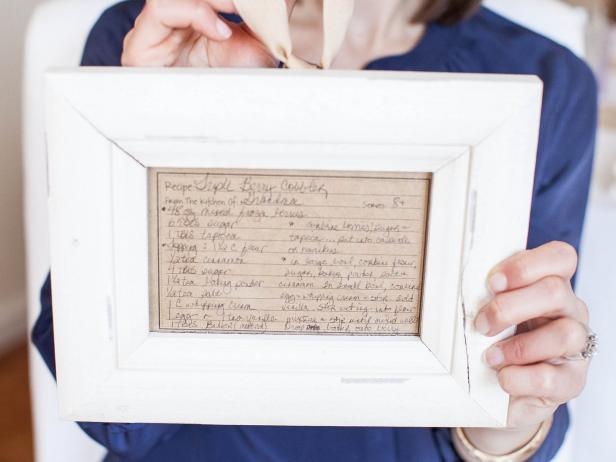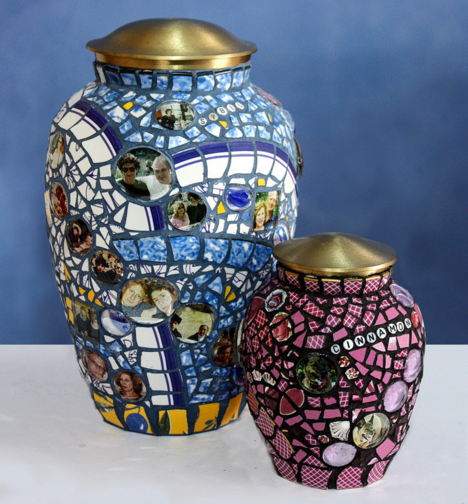Death during the 21st century is a tad more complicated than in the past with the introduction of the Internet, e-mail, and social media. In addition to funeral arrangements and financial arrangements, families of the deceased must now decide what to do with social media accounts!
So what happens to your social media profiles when you die?
The answer to this question depends entirely on which social media platform
you’re asking about.
Facebook: You
have two options with Facebook. Immediate families, after showing proper
documentation, can choose to close the entire account or turn their profile
into a memorial page. Should you choose to go with the memorial page, Facebook will
remove sensitive information from the profile (contact information and
addresses), removes all status updates, and also changes the profile settings
so that only friends can find the profile and post information to the memorial
wall.
The profile will no long show up in the “People You May
Know” section, nor will friends be reminded of the deceased’s birthday. Facebook
will also deactivate the user’s login information to prevent anyone from
guessing the user’s password and logging in.
If no notice is given, Facebook will leave the profile as-is
forever.
Would you like to put in the request to deactivate a
deceased person’s account or create a memorial page? Click HERE
 Twitter: After
six months of inactivity, Twitter automatically starts deleting inactive
accounts. Upon receiving proper documentation, Twitter will deactivate an
account for a death notice. At no point in time will Twitter release the login
information for a deceased person’s account, regardless of your relation.
Twitter: After
six months of inactivity, Twitter automatically starts deleting inactive
accounts. Upon receiving proper documentation, Twitter will deactivate an
account for a death notice. At no point in time will Twitter release the login
information for a deceased person’s account, regardless of your relation.
Uniquely, Twitter will not recycle any username information.
So, your username is yours to keep!
Would you like to put in the request to deactivate a
deceased person’s account? Click HERE
Instagram: While
Instagram won’t release any login information, they do give you options for the
deceased’s account. Just like Facebook, you can choose to Memorialize the page
or remove the account altogether. They
require certain documentation to support your claim, but an immediate family
member can submit the form at any time.
Would you like to put in the request to remove a deceased
person’s account or create a memorial page? Click HERE
LinkedIn: Your
profile will remain live until notice is given. An immediate family member must
submit the request along with documentation and additional information like the
link to the obituary. After review, LinkedIn will close the account and remove
the deceased’s profile.
Would you like to put in the request to close a deceased
person’s account? Click HERE
Gmail: Did you
know you can decide what you want done with your account before you die? Google calls it their “Inactive Account Manager.”
You can decide who has access to your information ahead of time.
If this wasn’t set up, an immediate family member can submit
a request to either close the account or request very specific information from
the account. At no time will Google release login information. Also, even after the account has been
deactivated, Google does not re-release the username to be taken by someone
else.
Would you like to set up your Inactive Account Manager or
submit a request on behalf of a deceased person? Click HERE
Want to learn more? Read some of these great articles!
View: “What happens to all my social networking information
when I die?” by Jonathan Strickland
View: “What Happens to Your Social Media Profiles When You
Die?” by Sylvan Lane















